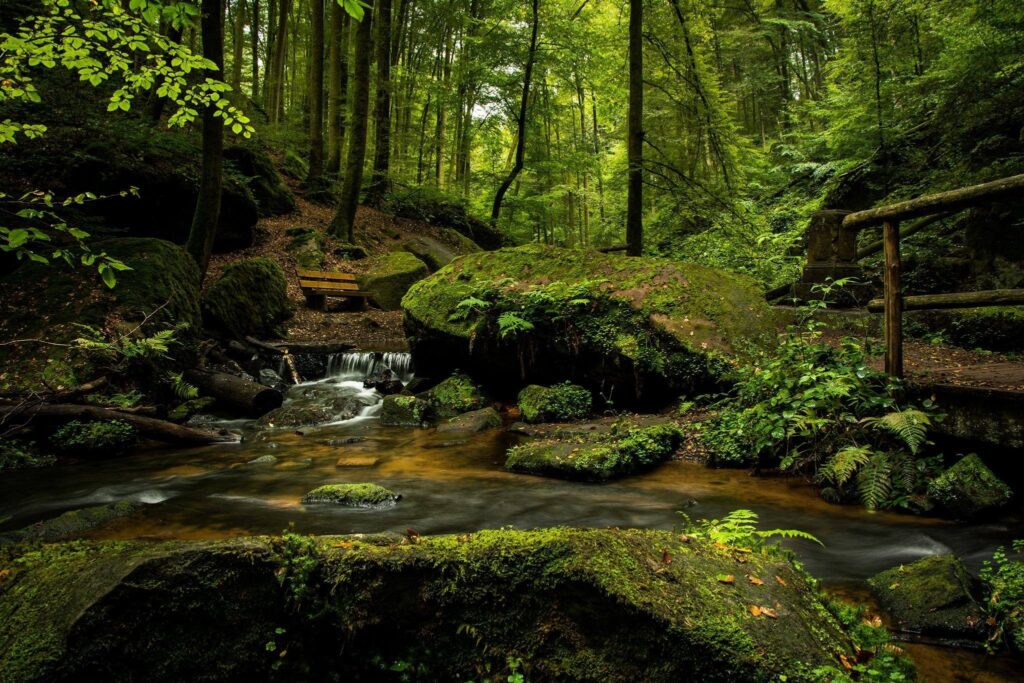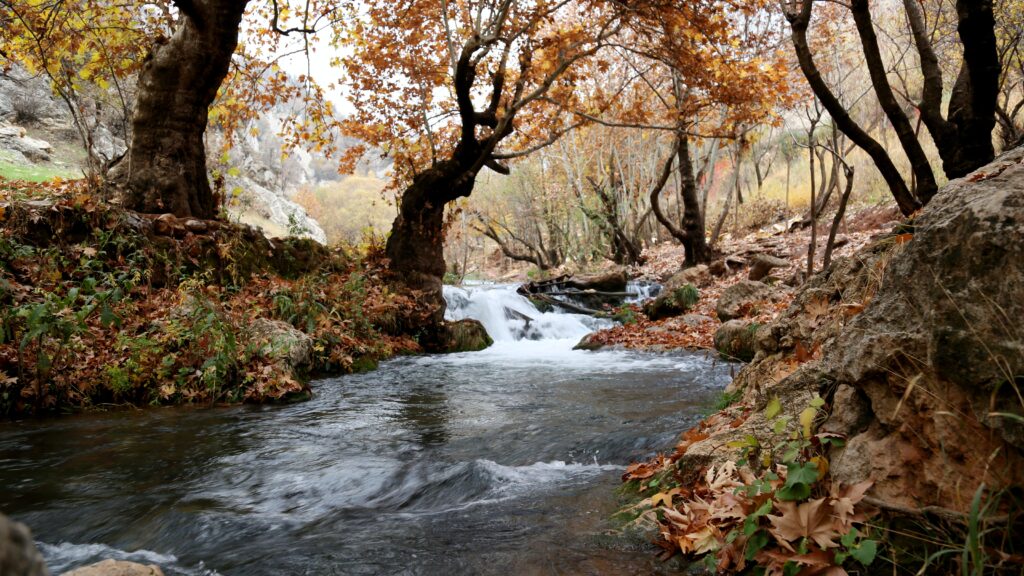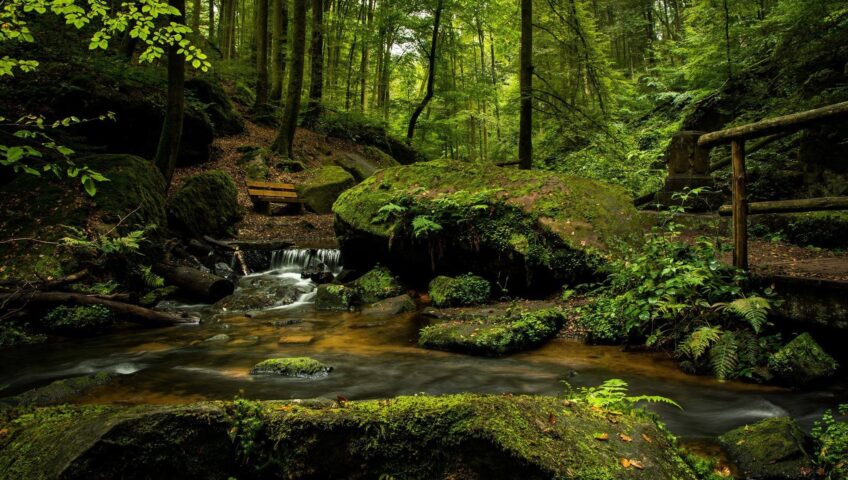What is stream restoration?
The United States Department of Agriculture National Resources Conservation and Service defines stream restoration as, “the reestablishment of the structure and function of ecosystems. Ecological restoration is the process of returning an ecosystem as closely as possible to predisturbance conditions and functions.” The restoration process “reestablishes the general structure; function; and dynamic, but self-sustaining, behavior of the ecosystem.”
Stream restoration improves the biodiversity, flood management, and landscape of the local and downstream ecosystems.

Why is it important to restore streams?
The United States Environmental Protection Agency lists numerous benefits to restoring streams.
One important aspect of stream restoration is its ability to preserve and protect aquatic resources. The EPA writes, “existing, relatively intact ecosystems are the keystone for conserving biodiversity, and provide the biota and other natural materials needed for the recovery of impaired systems.”
This is not to say that stream restoration gets rid of the need to protect water resources, rather, it is an additional step that environmental scientists and engineers factor in with other acts of protection and preservation.

As humans build, construct, and shift ecosystems, the Earth suffers the consequences. Animal and aquatic species are affected; in this instance, streams, rivers, and wetlands lose a lot of their function. When governments recognize this and take on projects to restore these areas, we can help reconstruct the function of these important aquatic resources.
Regarding restoring natural structure, the EPA writes, “Many aquatic resources in need of restoration have problems that originated with alteration of channel form or other physical characteristics, which in turn may have led to habitat degradation, changes in flow regimes and siltation. Stream channelization, ditching in wetlands, disconnection from adjacent ecosystems and shoreline modifications are examples of structural alterations that may need to be addressed in a restoration project.”
While we cannot restore most streams to their precise original form, we can approximate the sites original physical attributes, resulting in improved water quality and habitat conditions.
Natural stream ecosystems are one tool (like green infrastructure) – that provide tremendous water quality and ecological benefits without the need for other forms of mechanized or chemical treatment that have their own set of auxiliary negative environmental impacts, like consuming energy and material resources.
Stream restoration techniques
Stream restoration is not a one-size-fits-all approach to ecological redevelopment. The Montgomery County, Maryland Department of Environmental Protection highlights some of these techniques:
- Brush layering: Placing layers of branches along the stream encourages new plants to grow from the branches and prevents erosion.
- Grading/Planting: If a bank of a stream is steep, it can be graded into sloping steps, facilitating stream flow during heavy rainfall. Planting creates roots which hold banks in place.
- Log vane: Logs are placed in the stream as a means of diversion away from eroding banks. Additionally, this creates small pools below the vane where various aquatic creatures can live.
Watearth’s work
Watearth has worked on several projects for the City of Austin restoring streams. For the City of Austin Thompkins Tributary Stormwater Control Measures Stream Restoration project, we performed a desktop evaluation of flood plains, soils, range of infiltration rates, topography, land use, aerial photographs, critical environmental features, utilities, and impervious cover within the watershed. Additionally, we performed site reconnaissance to evaluate hydrologic and hydraulic features of sites and vicinities at four locations. We developed six sustainable stormwater control measures at four locations determined by City staff, including an elementary school, vacant lot, an existing flood control wet pond, and a tributary (in conjunction with proposed stream restoration measures).
Watearth additionally worked on the City of Austin Walnut Creek Wells Branch Willow Bend Stream Restoration project. We developed three sustainable stormwater control measures at 10% design. Watearth developed 10% planning-level design alternatives in GIS and evaluated alternatives for water quality performance, multi-use features, flood control benefit, construction cost, O&M cost, life-cycle cost, available right-of-way, utility conflicts, and other criteria used by the City for project development.
Contact Watearth today for all your stream restoration project needs.

